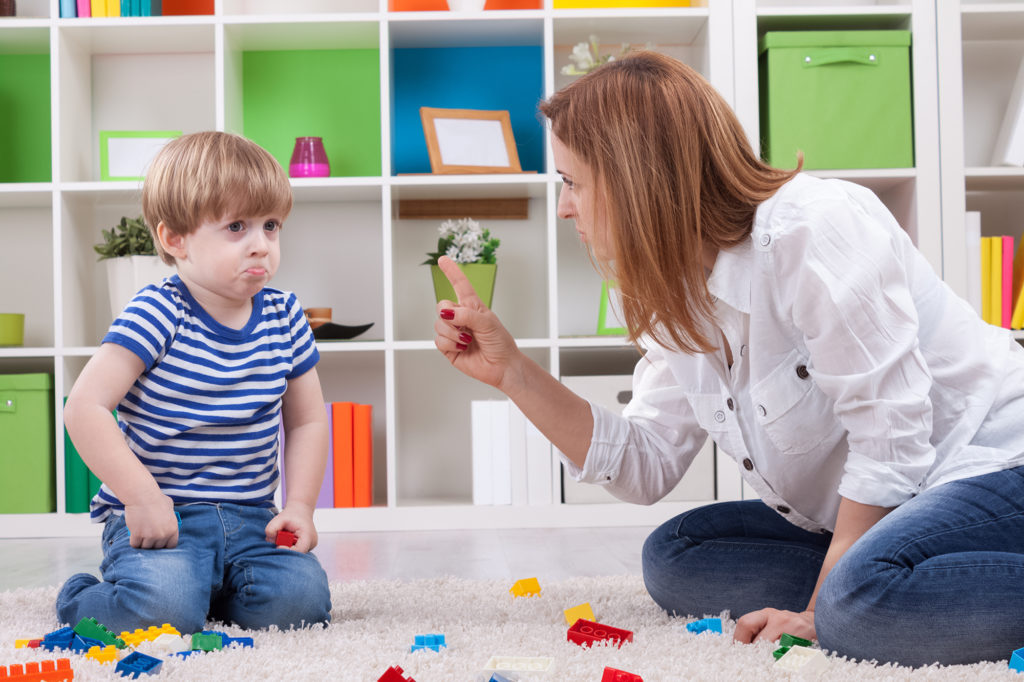Boys’ behaviour:
This is probably the thing about boys that hits us between the eyes. Boys get so much more attention for bad behaviour than for good. Parents always ask me for strategies to deal with challenging behaviour and so many of the strategies they currently use effectively undermine self-regulation and the skills we are trying to help boys develop.
We label boys as being ‘naughty’, we tell them off for being loud and needing to move around, we impose extrinsic rewards and punishments when we are trying to encourage them to learn ‘intrinsic motivation and the reward of meeting their own goals’. Mistakes and failures are an opportunity to learn – for them and for us. The last thing we need them to learn is that their natural impulses – the things that boys need to do – are bad or wrong.
If we continue to contain and control boys we will suppress their innate strengths of seeking challenges and taking risks. We will leave them reliant on whether we think they are good enough. Self-esteem, resilience and being able to think critically will all suffer and the prime areas of self-control and self-awareness will be so much harder to nurture. (Look into information about the pre-frontal cortex of the brain if you fancy some deeper learning here.)
This is all very well but we have to deal with boys and their boisterous behaviour every single day.
What can we do?
1. Stop!
We must keep our boys safe. Using the word ‘STOP’ clearly and simply when he is in danger (or if he may be causing harm) is the most effective. Practise this as a game in the park and only use it when it is needed.
He runs you call out “STOP”. You run he calls out “STOP”.
Be sure your eyes, voice and body are giving the same clear, calm message. Use ‘STOP’ rather than ‘NO’ as this is a much over-used word. Instead of ‘NO’ there is usually a way we can adapt to help him learn rules and boundaries. For example:
“You can throw the stone in the water when you are sitting down.”
With this method you can then praise him for ‘doing the right thing’.
“Good accurate throwing Harrison.”
2. Paint a positive picture
The method above painted a positive picture. We know this method in simple phrases such as:
“Walk down the corridor” instead of “Don’t run”
“Gentle hands” instead of “Don’t push Daniel”
“Hold your drink with both hands” rather than “Don’t spill your drink”
The word ‘don’t’ doesn’t have a positive picture in a boy’s brain. The points above are positive, so a boy has much more chance of achieving what you want and you have a stronger chance of remaining sane and calm!
3. Remove
In order to keep him and others safe we may, at times, need to calmly and respectfully remove a child from the situation. (As he grows we can encourage him to remove himself from situations and take a time-out to reflect.) We can also remove the object causing the problem, but in extremes we may have to be prepared to move the situation from the child. In any of these challenging situations be sure to avoid falling into the trap of ‘corridor criticism’. Even worse are public put-downs, where we berate the child or compare them in front of others, often to let the other adults see that we are in control of the situation.
A quiet word is so much more effective and does not damage a boy’s oh-so-delicate self-esteem. A boy’s pecking-order in a group of peers is often unwittingly damaged by well-meaning adults. As they grow, challenge yourself – is everything you say to him an instruction or a complaint? If so it is no wonder they don’t listen to us! Make sure you have time where you can both talk in a relaxed way – perhaps on a walk or when you are cooking together. Think of the phrase ‘no correction without connection’. Relationship and respect are key in helping boys manage their feelings, relationships and behaviour.
4. Cause and effect
In responding to unwanted behaviours we want to help boys develop critical thinking and self-regulation. The simplest, most effective tool for this is to understand CAUSE AND EFFECT. If his level of development means he does not yet link his behaviour with the outcome, we can help him – but never in a harsh way. Before the age of two, he will be totally focused on himself, so at this age it is often better for us to analyse the cause of the behaviour and be proactive in avoiding, distracting or overcoming this. Get Dads involved at this stage too – not by the “wait til your father gets home” approach, but by encouraging families where there is a good male role model and empowering him to help the little lad learn ways to behave around others – both males and females. It doesn’t have to be Dad – it could be Uncle, Grandad, Nephew or a trusted neighbour.
As your boy becomes more interested in other people and how his behaviour affects them, you can help him by linking any consequence to the action that has caused the problem. He is not yet ready to balance out the PRIZE and PRICE of each action for himself so… helping him clean the walls he has scribbled on will help him establish which surfaces are there for him to enjoy large mark making and which one Grandma has recently decorated!
5. Allow, adapt, add
In the situation where he has scribbled on the wall it is likely that he needs to draw, but rather than in a small colouring book, he needs to make full arm movements and do this standing up. When your boy has a repeated behaviour it is usually for a reason. The strategy is called: Allow, Adapt, Add…
If he is forever bouncing on the furniture then ALLOW him to bounce… on a trampoline or a space hopper. So you have ALLOWed the behaviour and now you have ADAPTed it.
Next step is to ADD.
With bouncing it is fairly easy to see what is needed. You just have to persuade him where the best place to do it is – and that it is not on Auntie’s sofa! You can share this wisdom with parents but anything that involves the use of that large muscle which pivots at the hip will really help this lad, not just with his behaviour but also with underpinning his cognitive connections for learning.
With thanks to Ali McClure for writing this post. To find out more, come along to one of Ali’s full or half day training sessions. Visit www.alimcclure.co.uk. Or host one at your setting. There are plenty of tried and tested titles to choose from. She is bringing MAKING IT BETTER FOR BOYS: Improving Outcomes and Engaging Boys to a centre near you.





